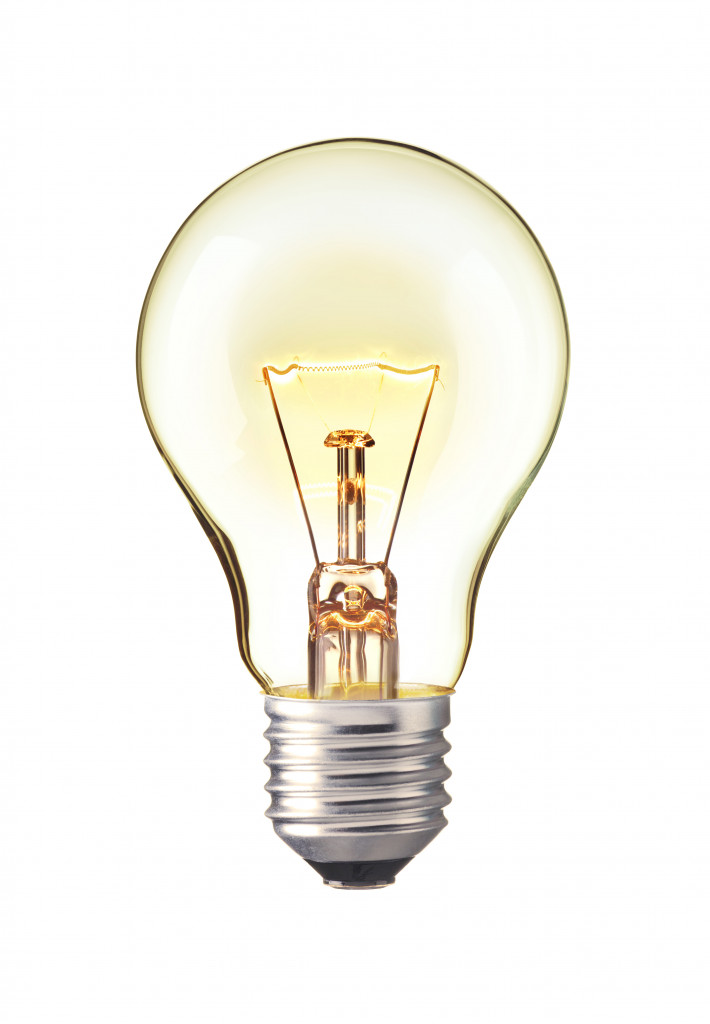You really can’t predict greatness. Who would think that a child hard of hearing and labeled a misfit by his colleagues would become one of America’s greatest inventors?
But that’s exactly how Thomas Edison (1847 – 1931) started. As a child, he had hearing problems, perhaps largely because of his familial tendency towards mastoiditis. And yet, instead of folding, his ability to not hear the outside world became an asset. It fueled his desire to create. When he was done, “the Wizard of Menlo Park” accomplished 1,093 patents, a world record by any standard.
Attracted perhaps by Edison’s genius, Nikola Tesla (1856 – 1943) worked as an engineer under Thomas Edison. Their relationship was testy. And yet, though Tesla would not reach the global fame that Edison would cherish while alive, his inventions are as sweeping. Without his genius, we might not have the centralized alternating current electricity we have today – which could mean we be set back 50 years behind in technology.
Indeed, it’s hard to conclude with finality who’s the brightest between the two. So we’re showing you how each inventor would fare in the eyes of experts.
The Case for Edison
Indubitably, debates are few that are as divisive as when science buffs discuss which is the better inventor between Thomas Edison and Nikola Tesla. For starters, they have different personalities. You might say Edison learned from introspection, from hours of observation and study on the workings of things while Tesla devoured books and learned from other works.
Edison was introverted as he was hard of hearing while Tesla can talk in several languages and relished the crowd, counting Mark Twain and Rudyard Kipling as dear friends.
Edison lighted the world when he invented the incandescent light bulb. Add to this list is the phonograph and moving pictures. You could say Edison brought to life Hollywood. The phonograph also called a gramophone can record music and is the forerunner of today’s iPod. It is a groundbreaking invention that brought music to American homes even well into the 1940s. He pioneered the motion picture industry with his invention of moving pictures that can be viewed not on the big screen but via a kinetoscope.
Edison’s inventions were massive, placed under the umbrella of his Edison Manufacturing, the forerunner General Electric. And the brilliant inventor made sure all his inventions were protected by patents.
Of course, an IP law firm and its ability to protect original ideas and intellectual property cannot be overemphasized. Without the services of competent IP lawyers, your invention can be taken advantage of by other unscrupulous individuals.

The Case for Tesla
Edison’s inventions were bound to happen, for the most part. If he had not invented the bulb, someone else would have. Other inventors were already getting there. Edison just beat them to the punch. The same holds true for moving pictures and the phonograph.
However, Tesla was more groundbreaking. Imagine our cities without alternative current systems or AC. We would not be able to build manufacturing plants. His system of electric power transmission allows us to transport needed electricity all throughout the land.
The biggest show of Tesla’s genius is the hydroelectric plant he successfully erected at Niagara Falls, the first power plant that electrified the world.
You can say our mass communication today, is based on Tesla’s work. In that sense, he’s the father of television, radio, and wireless cell phone technology.
The Bottom Line
If this was a number’s game, Edison would win. He had 1,093 patents to Tesla’s less than 300.
But as essential as Edison’s inventions are, it is safe to argue Tesla’s genius produced more disruptive technologies. It’s no accident Tesla is dubbed as the “man who invented the 20th century”. He started the alternative-current system that powers our cities.
And as it is inimical to his DC current invention, Edison fought it with all his might demonstrating throughout the country how much AC current can kill animals. Dubbed the “War of Currents” (AC vs DC), Edison’s supporters capitalize on AC’s risky nature. They electrocuted a slew of animals: calves, dogs, and even one horse.
Perhaps, that was the peak of their tumultuous fight.
Edison also failed to see the big opportunity he had when Tesla worked for him. Had he been able to maximize on that, he may have built the biggest company ever to lionize technology today. Who knows?
As mind-blowing as Tesla’s inventions are, he died poor and relatively unknown compared to Edison. This was after he suffered a nervous breakdown after one of his projects, a massive transmission tower, failed.
Edison’s many inventions, however, may not be his greatest contribution. Rather, it was his ability to process innovation. By organizing workers into respective small tasks, he showed us how innovation can be achieved at a faster rate.
Edison died famous, regarded by many as the greatest inventor of all time. But many of our daily comforts we call high tech such as smartphones, smart TV and power were made possible because of Tesla. So it’s best to say, humanity needs both Edison and Tesla to function best.
